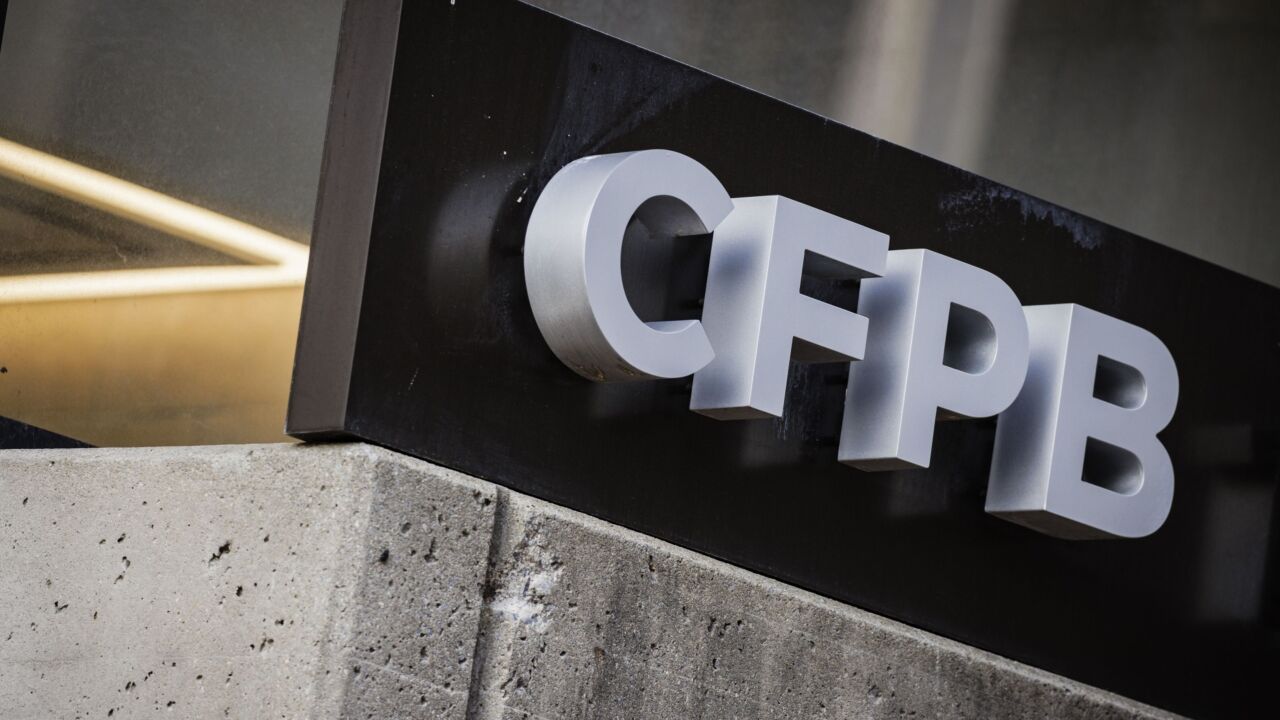Mortgage rates sank this past week as 10-year Treasury yields moved down after an initial upward movement due to the announced and now-delayed tariffs with Canada, Mexico and China.
The 30-year fixed rate loan averaged 6.89% on Feb. 6, compared with 6.95% one week prior and 6.64% one year ago, the Freddie Mac Primary Mortgage Market Survey found.
"Mortgage rates have been stable over the last month and incoming data suggest the economy remains on firm footing," Sam Khater, Freddie Mac chief economist, said in a press release.
"Even though rates are higher compared to last year, the
The 15-year FRM averaged 6.05%,
The 10-year Treasury yield closed Jan. 30 at 4,51% before rising the next day to 4.57. On February 5, the yield slipped down to 4,42% but was 1 basis point higher as of 11 a.m. on Thursday morning.
At the same time, the
Zillow's rate tracker put the 30-year FRM at 6.52%, down 1 basis point from Wednesday; the average one week earlier was 6.61%.
"The catalyst for this market turbulence was
Investors appeared to be more concerned about the potential growth effects of tariffs and their impact on economic activity, Ng said. That explains the transitory differences between the 10-year Treasury and mortgage rates.
"Looking ahead, we still expect mortgage rates to be volatile as economic conditions and policy developments continue to evolve," Ng continued.
Another economist who expects mortgage rates to remain elevated is Mark Fleming, the chief economist at First American.
"Expectations of a 'higher-for-longer rate environment have already influenced the market, putting upward pressure on the 10-year Treasury bond yield and sending mortgage rates back above 7%," Fleming said in the company's Real House Price Index release.
"Nevertheless, there is some room for rates to come down gradually as
Mortgage rates are slipping back towards last year's levels, which could help buyer affordability, added Samir Dedhia, CEO of One Real Mortgage.
It looks like homeowners have accepted mortgage rates are going to stay elevated, as listings have started to increase as the spring home purchase season approaches, said Pittsburgh-based Redfin agent Joe Paolizzi in a press release.
"It seems clear rates have declined about as much as they're going to decline for now," Paolizzi said. "Sellers are also noticing that even though there are fewer buyers in the market than usual, the buyers who are on the hunt are serious and willing to pay a fair price."
Dedhia expects home purchase demand to rebound in the coming months, especially as mortgage rates move lower.
That said, "market volatility will likely persist through the first quarter as investors and lenders respond to evolving government and economic data," Dedhia said in comments on the Freddie Mac release. "Although rate fluctuations will gradually stabilize as the year progresses, it's important to recognize that 2025 remains in its early stages, and a variety of factors could still drive volatility in the months ahead."





